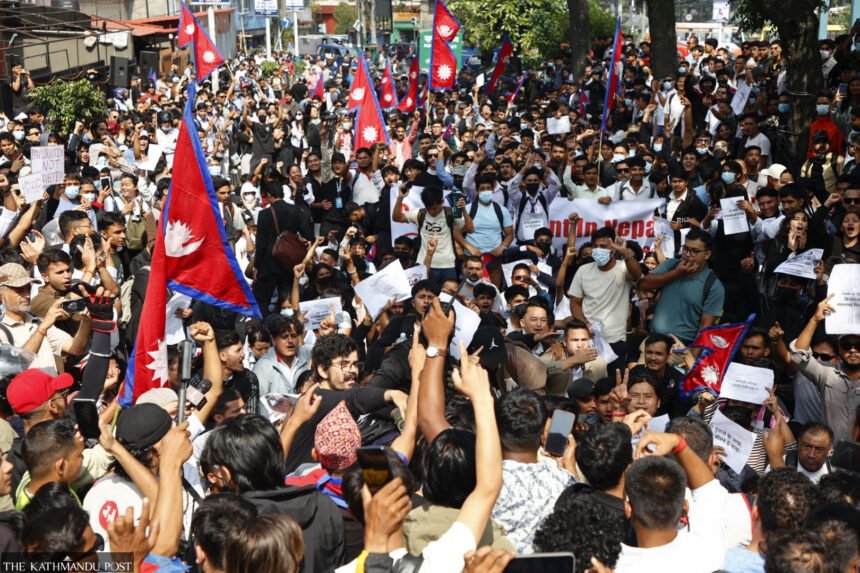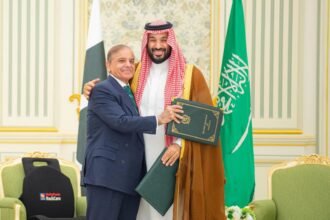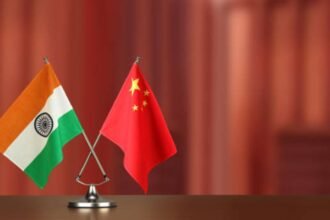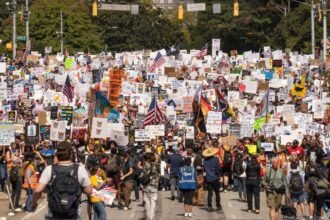Nepal finds itself in the grip of mounting civil unrest, with widespread Gen Z-led protests against the government resulting in significant disruption. Amid violent confrontations, dozens of Indian tourists and NRIs remain stranded across cities like Kathmandu, Pokhara, Simikot, and Hetauda.
The Indian Government, in coordination with Air India and IndiGo, wasted no time in arranging special evacuation flights to ease the return of affected citizens. Civil Aviation Minister Ram Mohan Naidu informed that the airlines have been instructed to keep fares within reasonable limits. These efforts follow the reopening of air operations at Kathmandu’s airport, which had shut down amid escalating protests.
State governments are also playing a critical role in these rescue missions. For example, Maharashtra is coordinating the safe return of around 150 tourists, including 82 from Murbad, 35 from Pune, and 15 from Beed. They were relocated first to Gorakhpur and are set to return home with official support and embassy guidance. Similarly, the Andhra Pradesh government has identified 217 residents stranded in Nepal and is airlifting the first batch of 21 citizens via a special IndiGo flight.
Amid the turmoil, an image from Nepal’s national address has caught widespread attention: Army Chief General Ashok Raj Sigdel stood before a portrait of King Prithvi Narayan Shah, the historical figure who unified Nepal centuries ago. This visual has stirred intense speculation—leading many to wonder whether this is a telltale signal of a royal restoration or simply reverence for military heritage.
With the situation deteriorating on the ground and curfews in place, the Indian Ministry of External Affairs has issued advisories urging nationals to stay indoors and avoid unnecessary movement. State helplines and relief centers, especially along border points and transit cities, have been activated to assist stranded individuals.
Nepal’s present unrest is more than routine political agitation—it’s a moment shaping the region’s future. While India’s swift evacuation efforts reflect compassion and operational readiness, the subtle symbolism of a royal portrait behind the army chief has reignited debates about the country’s identity and future governance. As demonstrators continue to demand reform and public faith in democratic structures frays, Nepal stands at a crossroads of history and upheaval.















